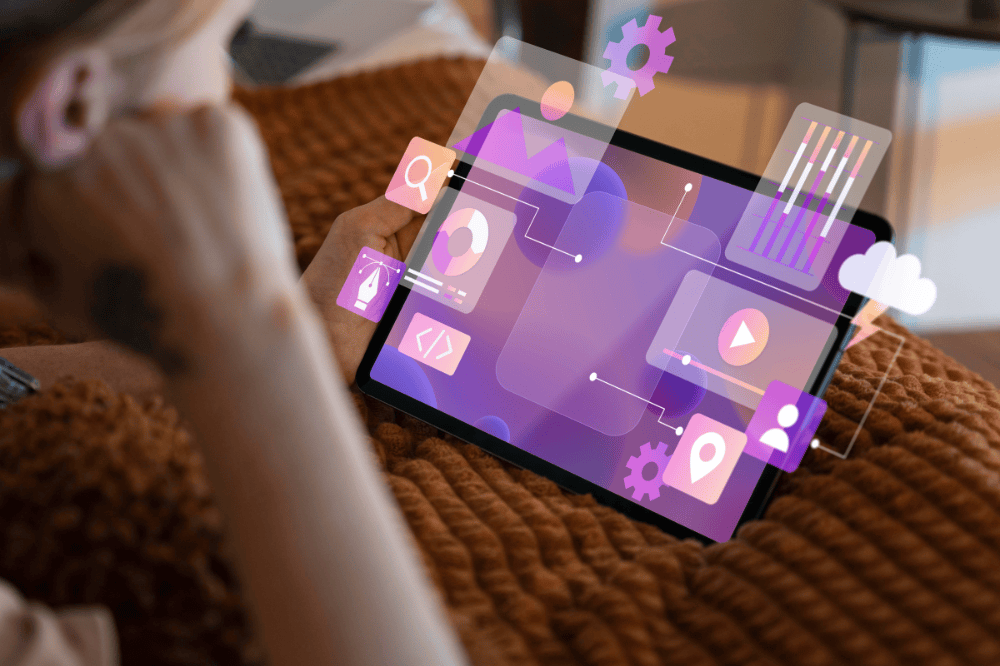
Imagine crafting a cinematic video complete with synchronized dialogue, ambient sounds, and background music – all generated from a simple text prompt. With the unveiling of Veo 3 at Google I/O 2025, this vision becomes a reality. Developed by Google DeepMind, Veo 3 is poised to redefine the landscape of AI-driven video production by seamlessly integrating high-quality visuals with realistic audio.
What Is Google Veo 3 and Why It Matters
Veo 3 is Google’s latest AI-powered video generation tool that allows users to create videos from text and image prompts, complete with synchronized audio elements like dialogue, music, and sound effects. This advancement addresses a significant limitation in previous AI video models, which often lacked integrated audio, resulting in less immersive content.
By combining visual and auditory elements, Veo 3 enhances the storytelling experience, making it a valuable tool for content creators, filmmakers, and businesses seeking to produce engaging multimedia content efficiently.
Common Challenges or Misconceptions
One common misconception is that AI-generated videos lack the emotional depth and realism of human-created content. However, Veo 3 challenges this notion by delivering high-quality visuals and audio that capture the nuances of real-life scenarios.
Another challenge has been the synchronization of audio with video in AI-generated content. Veo 3 addresses this by ensuring accurate lip-syncing and timing of sound effects, resulting in a more cohesive and believable output.
Step-by-Step Guide: How to Use Veo 3
-
Access Veo 3: Currently, Veo 3 is available to users in the United States through the Gemini app for subscribers of the AI Ultra plan, priced at $249.99 per month. Enterprise users can access it via Google’s Vertex AI platform.
-
Input Prompt: Users can enter detailed text descriptions or upload images to guide the AI video generator with realistic audio in generating the desired video content.
-
Generate Video: Veo 3 processes the input to create a video that includes synchronized audio elements, such as dialogue and ambient sounds, enhancing the overall storytelling experience.
-
Review and Edit: Users can review the generated video and make necessary adjustments to fine-tune the output to their preferences.
Real-World Applications
-
Content Creation: YouTubers and social media influencers can produce engaging videos quickly, reducing the time and resources typically required for video production.
-
Marketing: Businesses can create promotional videos that resonate with their target audience by incorporating realistic scenarios and dialogues.
-
Education: Educators can develop interactive learning materials that combine visual and auditory elements to enhance student engagement and comprehension.
-
Entertainment: Filmmakers and game developers can prototype scenes and narratives efficiently, exploring creative ideas with minimal investment.
Expert Tips and Best Practices
-
Detailed Prompts: Providing comprehensive and specific prompts can help Veo 3 generate more accurate and tailored video content.
-
Iterative Refinement: Experimenting with different prompts and reviewing outputs allows users to refine the content to better meet their objectives.
-
Combine with Other Tools: Integrating Veo 3 with other creative tools, such as Google’s Flow, can enhance the overall production process and output quality.
Additional Resources and Alternatives
-
Flow: Google’s AI filmmaking tool, Flow, complements Veo 3 by offering additional features for storytelling and scene creation.
-
Imagen 4: For high-quality image generation, Google’s Imagen 4 provides advanced capabilities that can be used in conjunction with Veo 3 for comprehensive multimedia projects.
-
OpenAI’s Sora: As a competing AI video generator, Sora offers alternative features and may be considered based on specific project requirements.
Conclusion
Google’s Veo 3 represents a significant leap forward in AI-generated video content, bridging the gap between visual and auditory storytelling. By enabling the creation of realistic, synchronized videos from simple prompts, Veo 3 empowers creators across various industries to produce compelling content efficiently.







